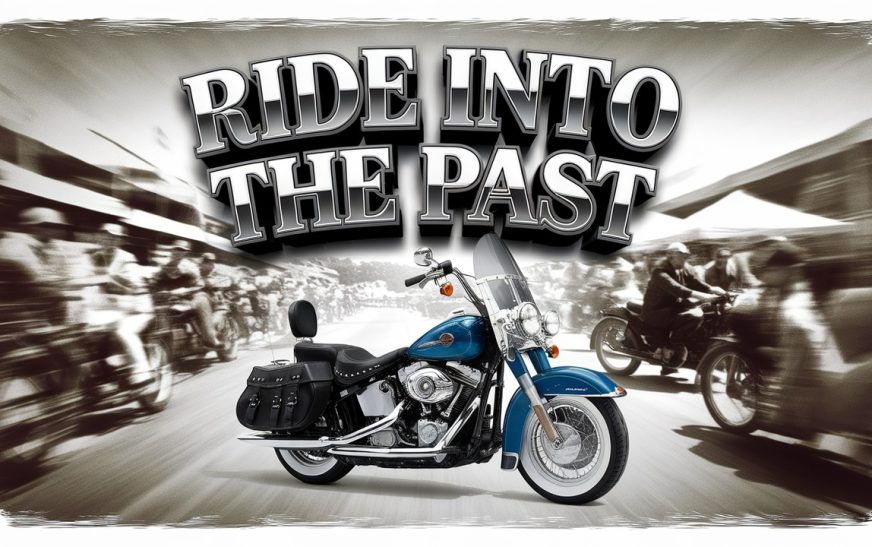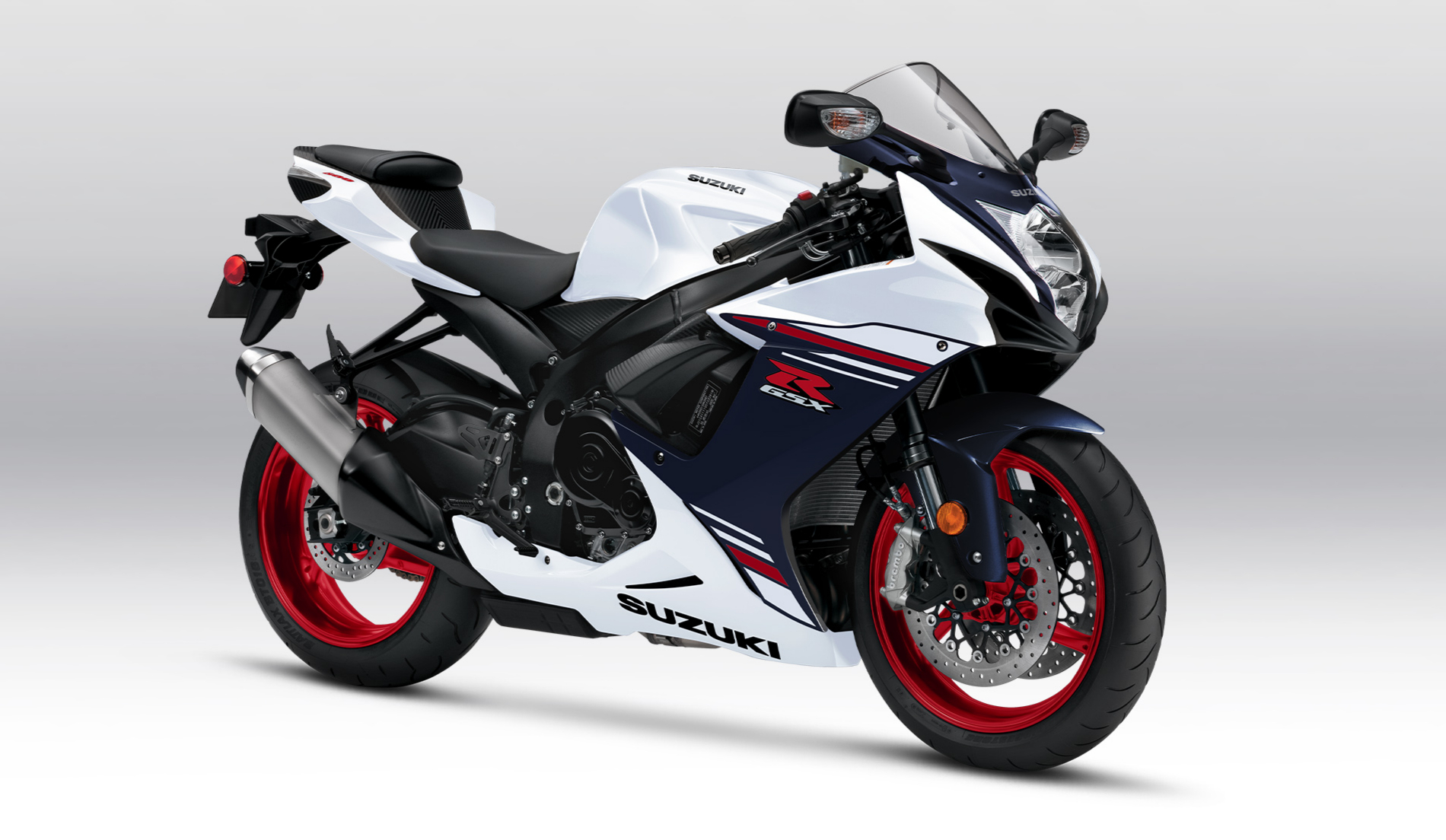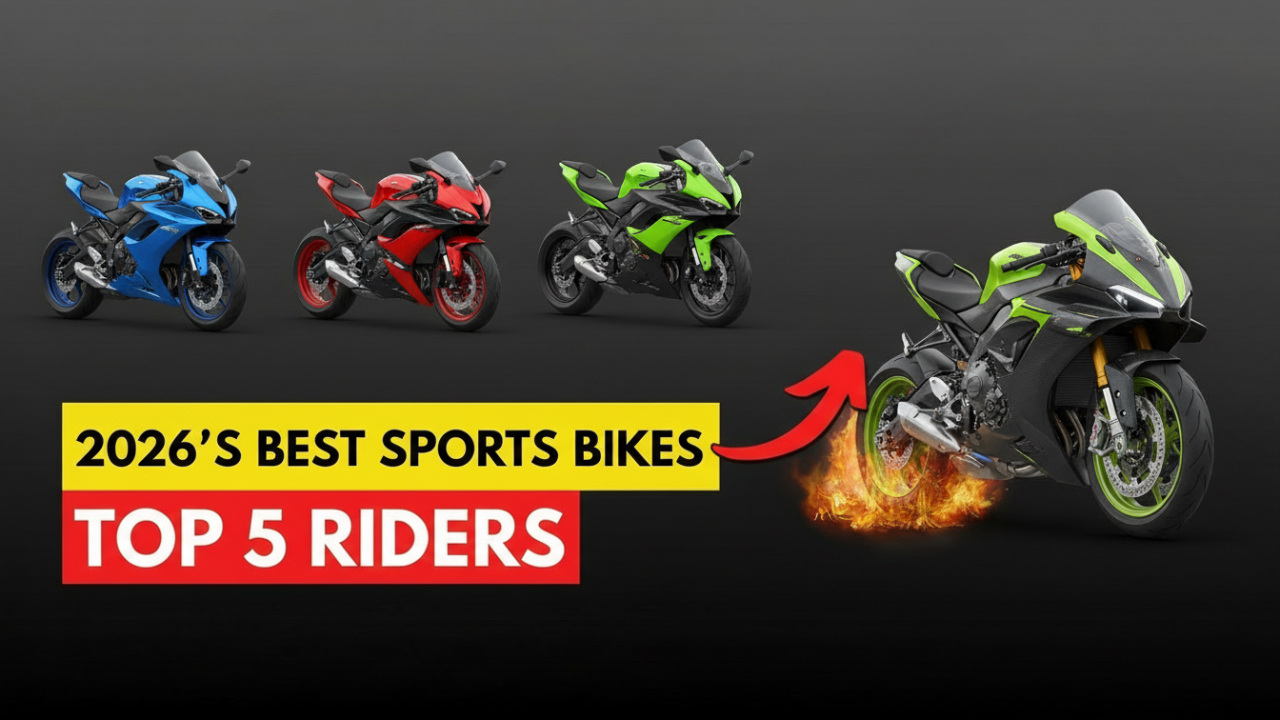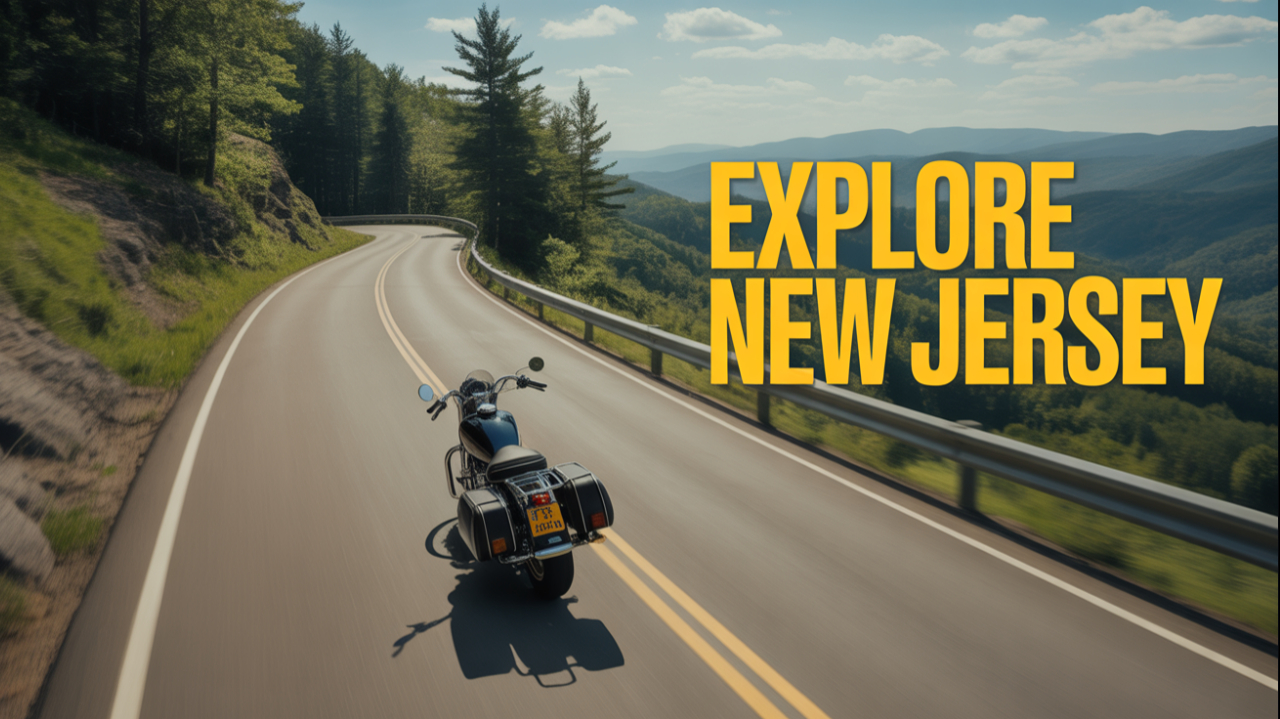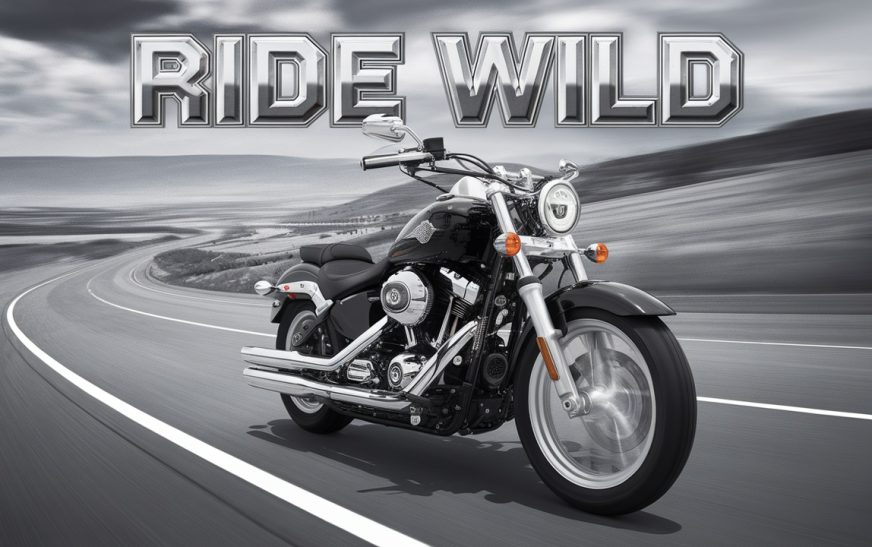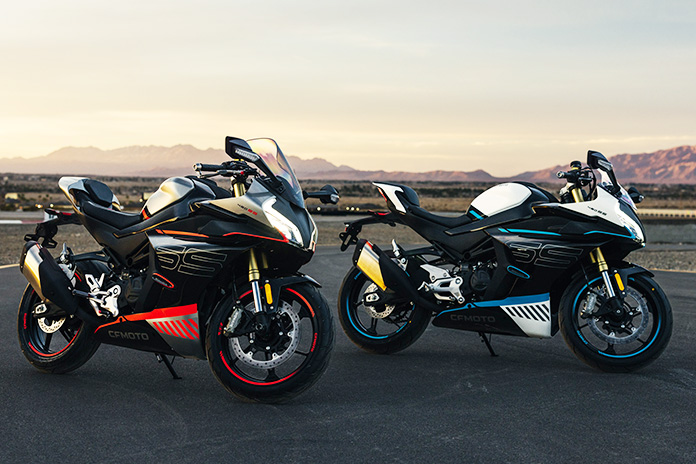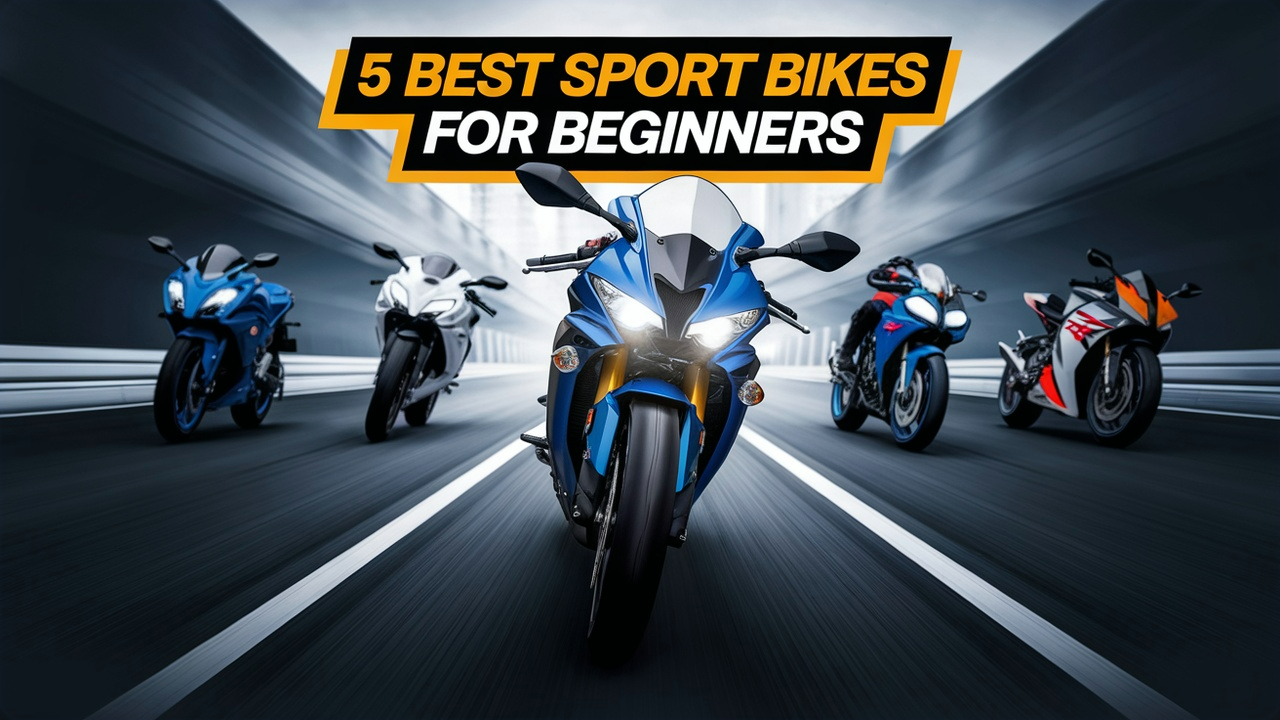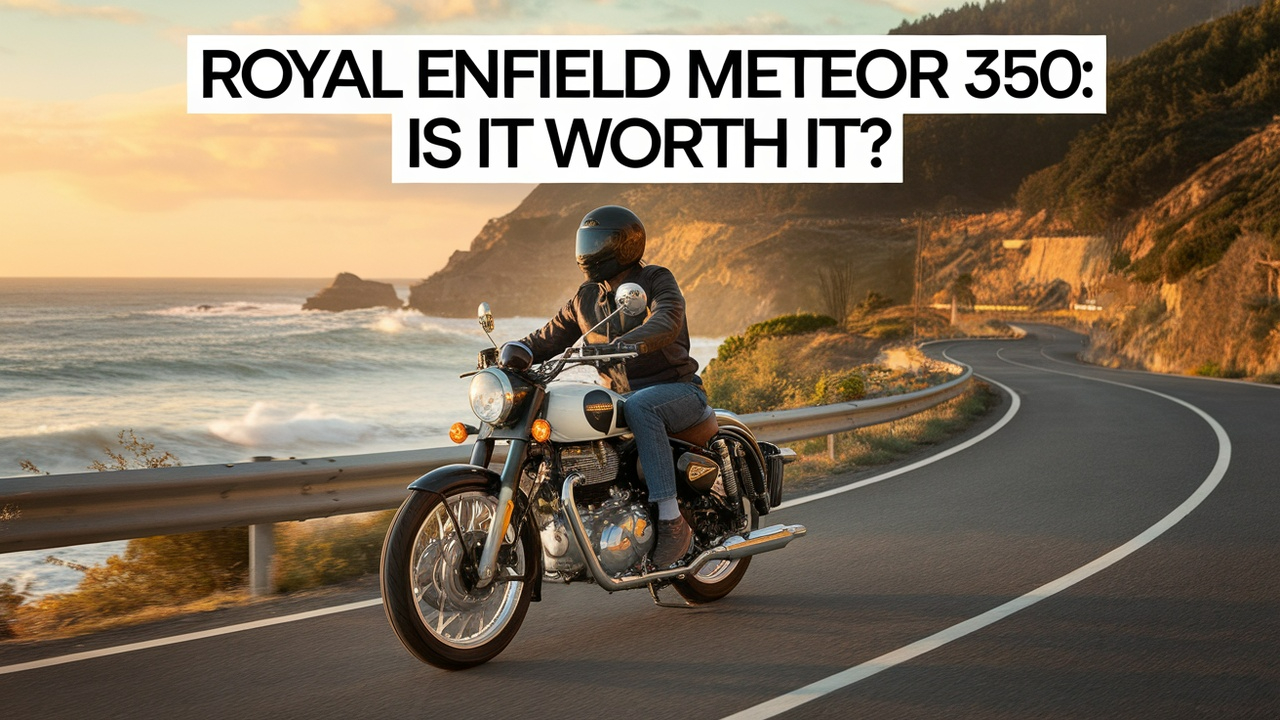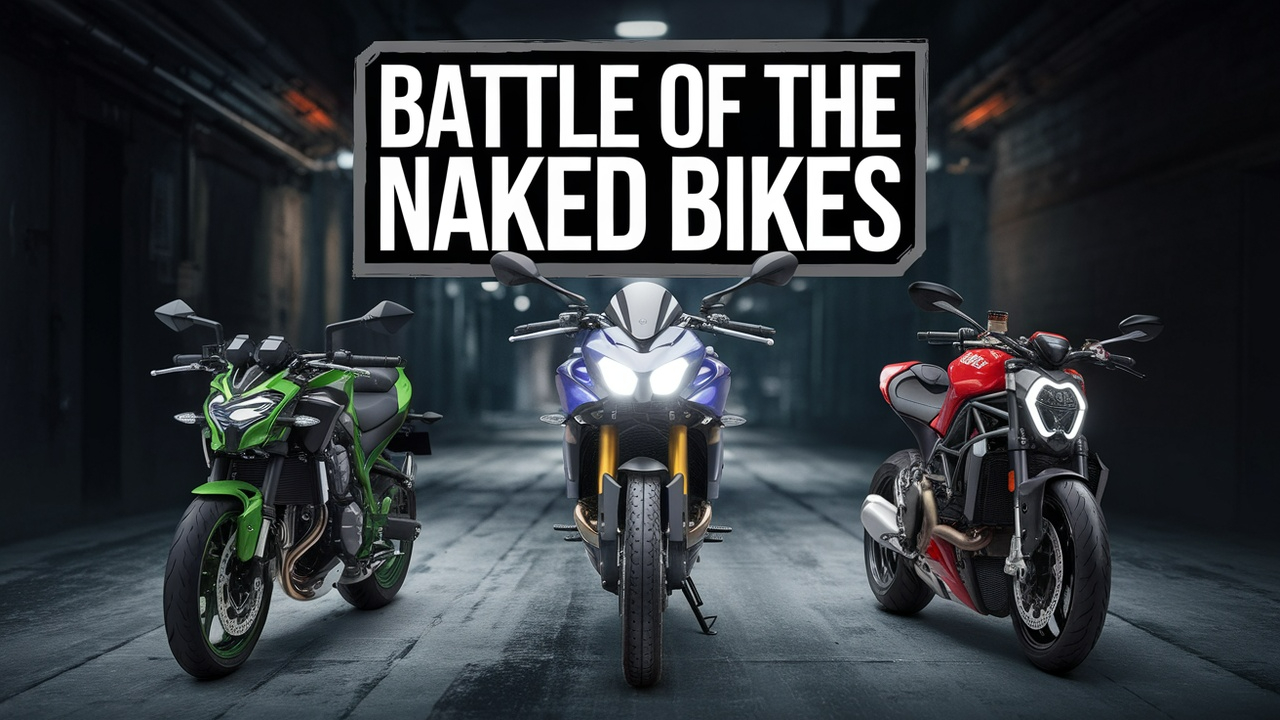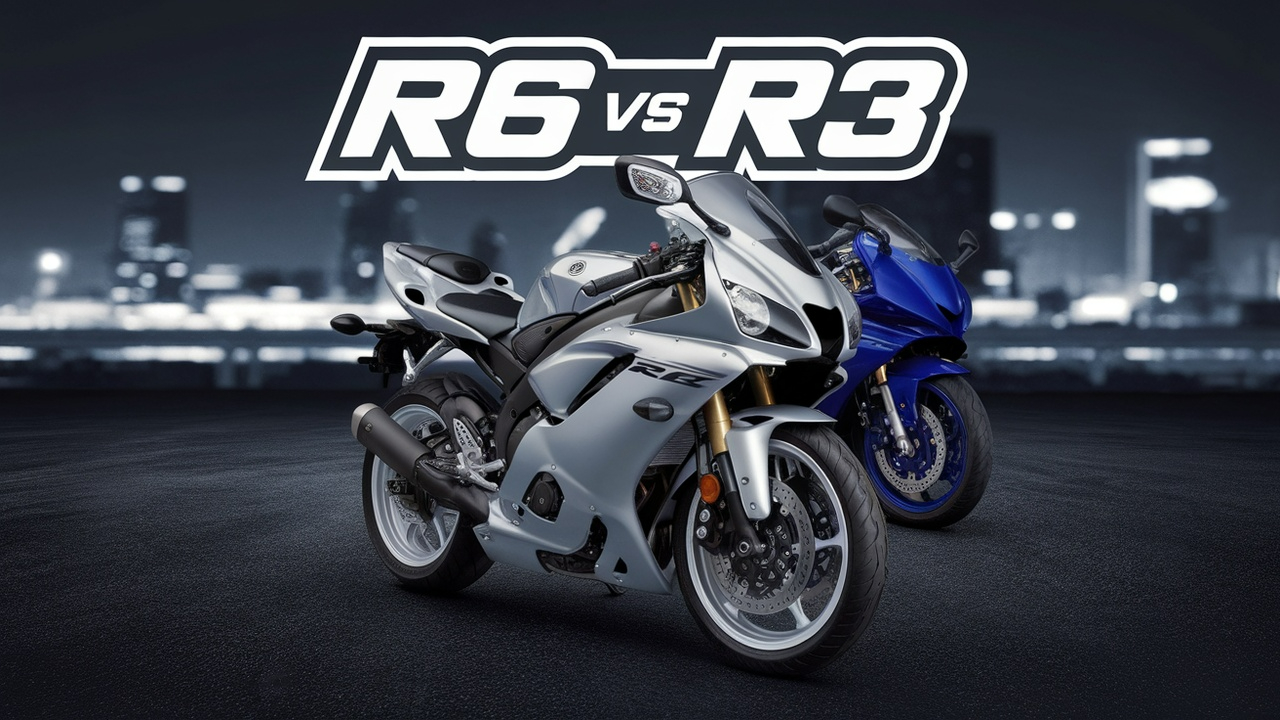A Journey Through Time and Innovation
Motorcycles are not just machines; they are symbols of freedom, adventure, and rebellion. From their humble beginnings as motorized bicycles to the powerful, technologically advanced machines of today, motorcycles have undergone a fascinating evolution. Along the way, they have become deeply ingrained in pop culture, sports, and everyday life. This blog delves into the history of motorcycles and the iconic figures, brands, and machines that have shaped the motorcycle world.
The Birth of the Motorcycle: The Beginning of a Revolution
The origins of the motorcycle trace back to the late 19th century when inventors began experimenting with ways to combine bicycles with motorized propulsion. While the idea of a two-wheeled motorized vehicle was not new, it was the combination of the bicycle frame with an engine that marked the birth of the motorcycle.
The First Motorcycle: Gottlieb Daimler and Wilhelm Maybach (1885)
The earliest example of a true motorcycle came in 1885 when German engineers Gottlieb Daimler and Wilhelm Maybach developed the “Reitwagen” (riding car). This was a single-cylinder engine mounted on a wooden frame, essentially the world’s first motorized bicycle. The Reitwagen had a small internal combustion engine and was capable of a top speed of 12 miles per hour. Although the bike was impractical and rudimentary by today’s standards, it laid the foundation for the development of motorcycles as we know them today.
The Rise of the Motorcycle Industry: Early 1900s
As the 20th century dawned, the motorcycle industry began to take shape. Many early motorcycles were produced by companies that also made bicycles, such as Indian and Harley-Davidson. These early motorcycles were essentially modified bicycles with added engines.
One of the first major motorcycle manufacturers, Indian Motorcycles, was founded in 1901 by George M. Hendee and Oscar Hedstrom in Springfield, Massachusetts. Indian was the first company to mass-produce motorcycles in the United States, and it quickly gained popularity. Its V-twin engine was particularly notable, providing greater power and performance compared to other early models.
Around the same time, Harley-Davidson was founded in 1903 by William S. Harley and Arthur Davidson in Milwaukee, Wisconsin. Harley-Davidson would go on to become one of the most iconic brands in the motorcycle world, synonymous with American motorcycling culture.
The Motorcycle Takes Shape: 1910s – 1930s
During the early decades of the 20th century, motorcycles underwent a period of refinement, as new technologies and innovations were introduced to improve performance, comfort, and safety.
Advancements in Engine Technology
The introduction of larger, more powerful engines revolutionized the motorcycle industry. As the years went on, motorcycles moved beyond simple one-cylinder engines to the powerful V-twin engines that became the hallmark of brands like Harley-Davidson and Indian.
World War I and Military Motorcycles
Motorcycles played a crucial role in both World War I and World War II, with many military forces using motorcycles for reconnaissance, communication, and transport. The U.S. Army used Harley-Davidson and Indian motorcycles extensively during World War I, and both brands supplied large numbers of bikes for military service. The rugged design and adaptability of motorcycles made them ideal for military use, especially in rough terrain and for communication tasks in the field.
The Birth of the Biker Culture
In the 1920s and 1930s, the notion of “biker culture” began to take shape. A new generation of motorcyclists, often returning from the war or living in post-war America, began to form motorcycle clubs and organize races. The culture of the “bad boy” image, often associated with rebellion and freedom, began to gain traction. Clubs like the Hells Angels (founded in 1948) and the Outlaws helped to define the image of the rebellious motorcyclist in the years to come.
The Golden Age: 1940s – 1960s
The post-war period saw significant growth in the popularity of motorcycles. The 1950s and 1960s represented a golden age for motorcycling, as advancements in technology, design, and styling brought motorcycles to the forefront of both the recreational and sports worlds.
The Role of Motorcycles in Pop Culture
Motorcycles quickly became an iconic part of popular culture, especially in Hollywood films. Movies like The Wild One (1953), starring Marlon Brando, depicted rebellious bikers who rejected societal norms and embraced freedom on two wheels. Brando’s portrayal of Johnny Strabler, a rebellious biker leader, solidified the image of the “bad boy” motorcyclist and made motorcycles even more appealing to youth culture.
The 1960s also saw the rise of the café racer culture, particularly in the United Kingdom. Young enthusiasts would modify their motorcycles for speed and style, often racing them on public roads. These café racers, typically made from old British bikes, became a symbol of youthful rebellion and ingenuity.
The Advent of Japanese Motorcycles
While American brands like Harley-Davidson and Indian dominated the motorcycle scene in the early years, the 1960s marked the rise of Japanese motorcycles. Companies like Honda, Yamaha, Suzuki, and Kawasaki began producing motorcycles that were not only affordable but also technologically advanced.
Honda’s CB750, introduced in 1969, is often regarded as one of the most influential motorcycles in history. It was the first production motorcycle to feature a four-cylinder engine, and its combination of performance, reliability, and affordability made it a game-changer in the motorcycle world. Honda’s entry into the market forced American manufacturers to innovate, sparking a new era of competition and development.
The Daytona 200 and Motorcycle Racing
Motorcycle racing began to flourish in the mid-20th century. One of the most iconic races in the world of motorcycles, the Daytona 200, became a prominent event for racing enthusiasts. First held in 1937, the Daytona 200 race was a key event that helped to showcase the power and performance of motorcycles.
Racing legends like Carroll Shelby, Mike Hailwood, and Giovanni “Gianni” Bonera became household names as they pushed the limits of what motorcycles could achieve on the track. Racing not only fueled technological advancements in the industry but also solidified motorcycles as symbols of speed and performance.
The Modern Era: 1970s – Present
The 1970s and beyond saw the motorcycle world continue to evolve, as new technologies, design trends, and brands emerged. The shift from the traditional cruiser to performance-based motorcycles created a more diversified market, with something for every type of rider.
The Rise of Performance Bikes and Superbikes
The 1980s saw the emergence of superbikes, high-performance motorcycles built for speed and agility. Brands like Yamaha, Kawasaki, and Suzuki began producing motorcycles that could reach speeds of over 150 mph, giving birth to a new breed of motorcycle enthusiasts.
Kawasaki’s Ninja ZX-10, introduced in 1988, was one of the first superbikes to truly redefine what was possible in terms of speed and handling. These machines were often used for racing and performance events, but they also attracted a growing group of enthusiasts looking to experience the thrill of riding a high-performance motorcycle.
The Advent of Sport Touring and Adventure Motorcycles
As the demand for more versatile motorcycles grew, manufacturers began to develop sport touring and adventure motorcycles. These bikes, which offered a balance of comfort and performance, appealed to riders who enjoyed long-distance riding but didn’t want to sacrifice speed and agility.
The BMW GS series, introduced in the early 1980s, became a symbol of the sport touring and adventure riding communities. Known for their rugged build and ability to handle off-road conditions, these bikes epitomized the spirit of exploration and adventure.
The Electric Revolution
In recent years, the motorcycle industry has seen the rise of electric motorcycles, ushering in a new era of clean and quiet riding. Companies like Zero Motorcycles and Harley-Davidson, with its LiveWire model, have begun producing electric bikes that challenge the traditional gasoline-powered motorcycles. These bikes are part of an ongoing trend toward sustainability and environmental awareness in the motorcycle world.
Electric motorcycles are also incredibly quiet, providing a completely different riding experience. As technology advances, electric bikes may one day rival their gasoline-powered counterparts in terms of power and performance.
Iconic Motorcycle Brands and Models
Throughout the history of motorcycles, certain brands and models have become legends. These motorcycles have not only shaped the industry but also become ingrained in popular culture, influencing everything from fashion to music to film.
Harley-Davidson: The American Icon
No discussion of motorcycle history would be complete without mentioning Harley-Davidson. Founded in 1903, Harley-Davidson has become synonymous with American motorcycling. The brand’s distinctive V-twin engines, deep growl, and iconic designs have made it a symbol of freedom and rebellion.
Harley-Davidson has also built a powerful community of riders, from the millions of people who own and ride Harley-Davidson bikes to the massive rallies like Sturgis that celebrate everything the brand represents.
Indian Motorcycles: The Original American Motorcycle
Indian Motorcycles, founded in 1901, was the first major competitor to Harley-Davidson. The brand’s sleek designs, powerful engines, and innovative features made it a favorite among early motorcyclists. Indian’s bikes were used in races and military service, cementing their place in American motorcycling history.
Although Indian faced financial difficulties and was ultimately sold off, it was revived in 2011 under new ownership and continues to produce legendary motorcycles that compete with Harley-Davidson and other modern brands.
Ducati: The Italian Stallion
When it comes to high-performance motorcycles, few brands are as revered as Ducati. Founded in Italy in 1926, Ducati has become known for its powerful, agile bikes that dominate racing circuits and streets alike. The Ducati Panigale V4 and Ducati Monster are two of the brand’s most iconic models, representing the pinnacle of Italian design and performance.
Ducati’s participation in MotoGP and other racing leagues has helped solidify its reputation as one of the world’s leading motorcycle manufacturers.
BMW: Engineering Excellence
Known for its high-quality engineering and innovative designs, BMW has become synonymous with precision and reliability. The company’s motorcycles, particularly the BMW R1200GS and BMW S1000RR, are beloved by riders for their versatility, performance, and comfort. BMW has long been a favorite of adventure riders, thanks to its rugged touring models.
Conclusion: The Timeless Appeal of Motorcycles
Motorcycles have come a long way since their inception in the late 19th century. From the early days of motorized bicycles to the powerful, technologically advanced machines of today, motorcycles have continually evolved, shaping not just the world of transportation but also popular culture, sports, and lifestyle. The brands and iconic motorcycles that have emerged along the way have left an indelible mark on history, making motorcycling a timeless pursuit that continues to capture the hearts and imaginations of millions worldwide.
Would you like to join me on my motorcycle journey?
Want to learn how to ride like a pro? Click here for additional information.

